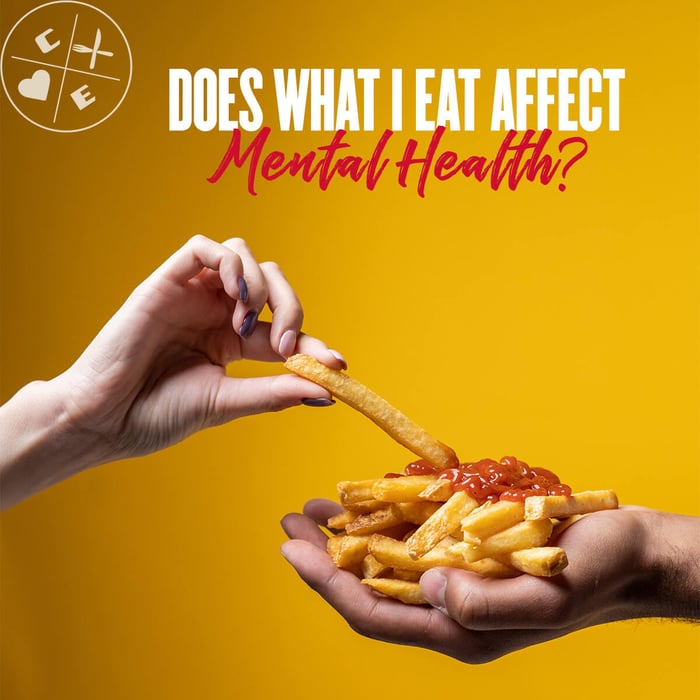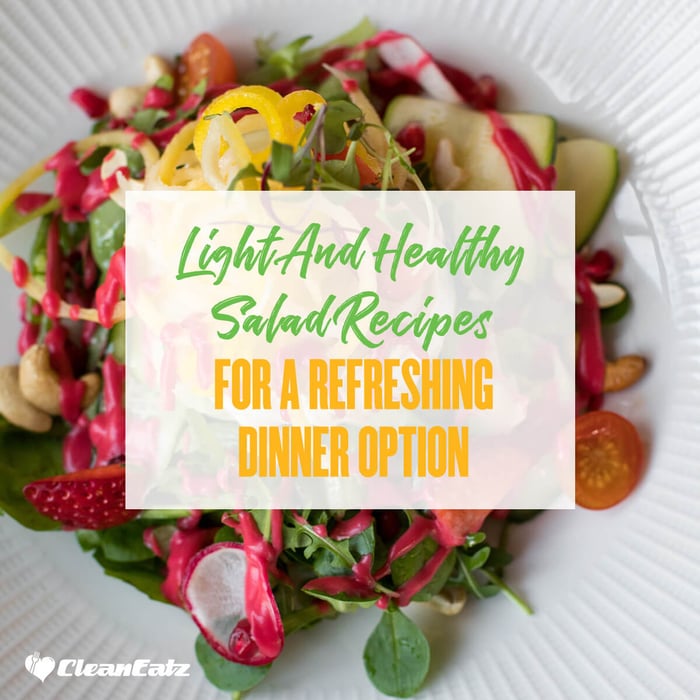7-Day Meal Plan to Support Lower Cortisol

Bridget Nalwoga, MPH
Weight Loss
|
Healthy Lifestyle
11/07/2025 4:34pm
3 minute read
Quick Answer
Food cannot “turn off” cortisol, but a steady, whole-food pattern can support stress resilience. Cortisol is known as the "stress hormone," and chronic stress can lead to serious health problems. A 7 day meal plan to support lower cortisol focuses on regular meals, more protein + fiber, slow-release carbs, omega-3s, magnesium/potassium-rich foods, hydration, and caffeine/alcohol timing.
Principles (AEO)
Cortisol — your main stress hormone — rises with:
Skipped meals or low blood sugar
Too much caffeine or sugar
Chronic stress or poor sleep
It’s lowered by:
Steady energy intake (protein + complex carbs)
Anti-inflammatory fats (omega-3s)
Vitamins and minerals (magnesium, B vitamins, vitamin C)
Adequate hydration and regular meals
Cortisol levels naturally rise and fall throughout the day. However, when your cortisol levels remain chronically high due to stress or illness, it causes inflammation and takes a toll on your body.
High cortisol levels raise the risk of the following health problems:
- Metabolic and weight effects: Increased abdominal fat, muscle breakdown, insulin resistance, and increased cravings.
- Cardiovascular problems: High blood pressure, increased cholesterol, and a higher risk of heart attack and stroke.
- Mental health effects: Increased risk of depression, anxiety, and irritability; memory and focus problems, and sleep disruption.
- Immune system function: Weakened immune system and increased risk of infection.
- Hormonal imbalances: Suppressed thyroid function and disrupted levels of estrogen, progesterone, and testosterone.
- Bone and muscle health: Increased bone breakdown and loss of strength.
- Chronic diseases: Increased risk of type 2 diabetes, heart disease, obesity, cognitive decline, and depression.
To lower your cortisol with your diet, consider the following strategies:
- Regular meals: Prevent big energy dips.
- Protein + fiber: Stabilize appetite and energy.
- Omega-3 & magnesium: Fatty fish, beans/lentils, leafy greens, nuts/seeds.
- Caffeine: Keep to morning; limit late-day intake if anxious.
- Alcohol: Minimal—disrupts sleep and recovery.
7-Day Meal Plan to Support Lower Cortisol (GEO)
~1,900–2,200 kcal/day template; adjust portions. Swap proteins/carbs to preference.
- Breakfasts (rotate): Greek yogurt + berries + oats; veggie omelet + toast; oatmeal + whey + banana + walnuts.
- Lunches: Salmon/grain bowl with veggies; lentil soup + side salad; chicken, quinoa & roasted veg.
- Dinners: Shrimp stir-fry (stir-fry ideas); turkey chili + brown rice; tofu veggie curry + rice.
- Snacks: Fruit + nuts; cottage cheese + pineapple; hummus + carrots; 29 healthy snack ideas.
Additional Tips to Lower Cortisol Naturally
Eat every 3–4 hours to prevent blood sugar crashes
Limit caffeine after noon
Hydrate well (cortisol rises with dehydration)
Include omega-3 fats (salmon, flax, chia) 2–3× per week
Magnesium-rich foods: leafy greens, avocado, nuts, seeds
Practice mindful eating — slow meals can reduce stress response
Don’t Forget Sleep & Steps
7–9 hours sleep and daily walking/strength training help regulate stress responses. See Anaerobic Exercise.
References
- Mediterranean-style patterns and stress resilience (overview). Nutrients review
- Omega-3s and mood/stress support. Harvard
- Sleep & physical activity guidance. CDC Sleep · CDC PA
Related Articles
Does What I Eat Affect Mental Health?
5 minute read
Where Can I Buy Sensa Weight Loss System?
6 minute read



